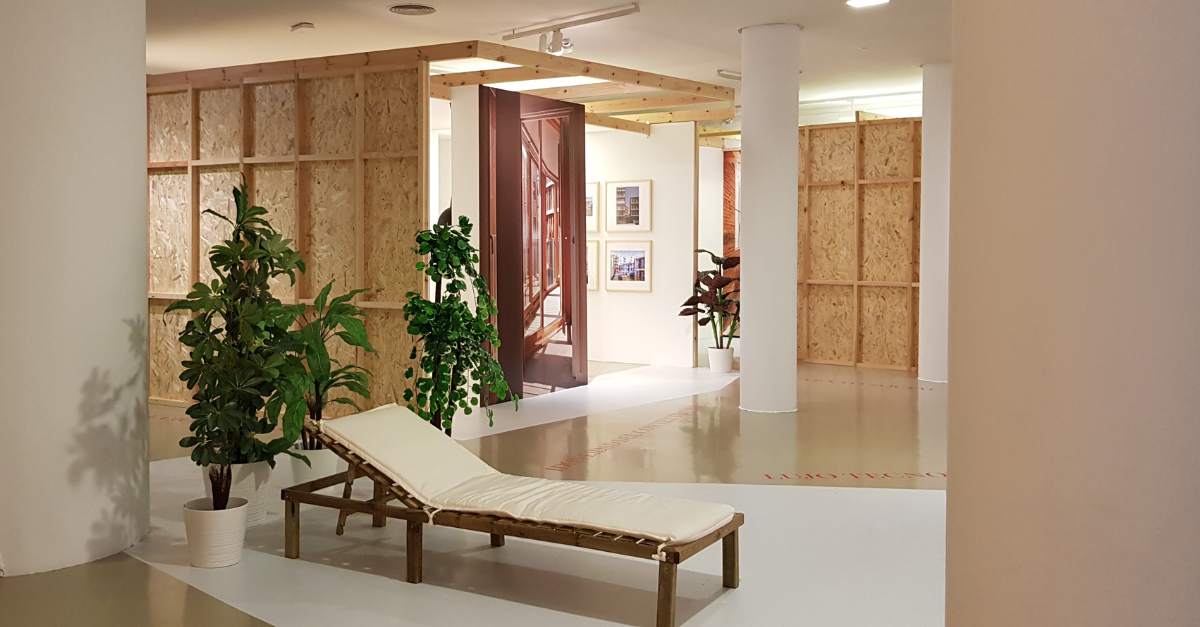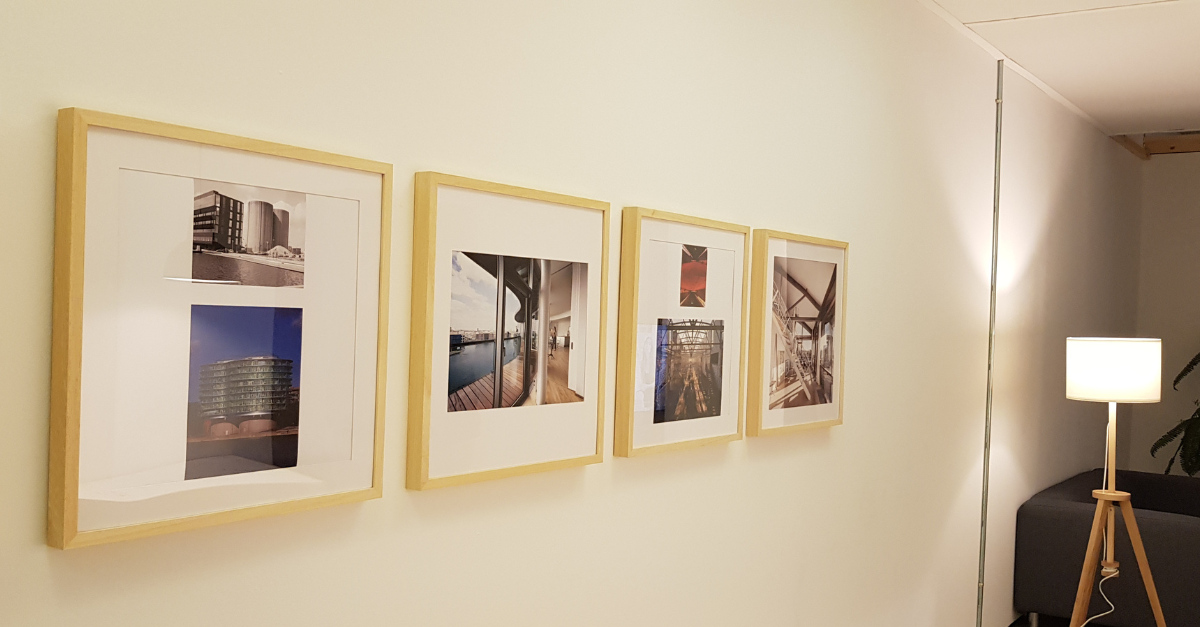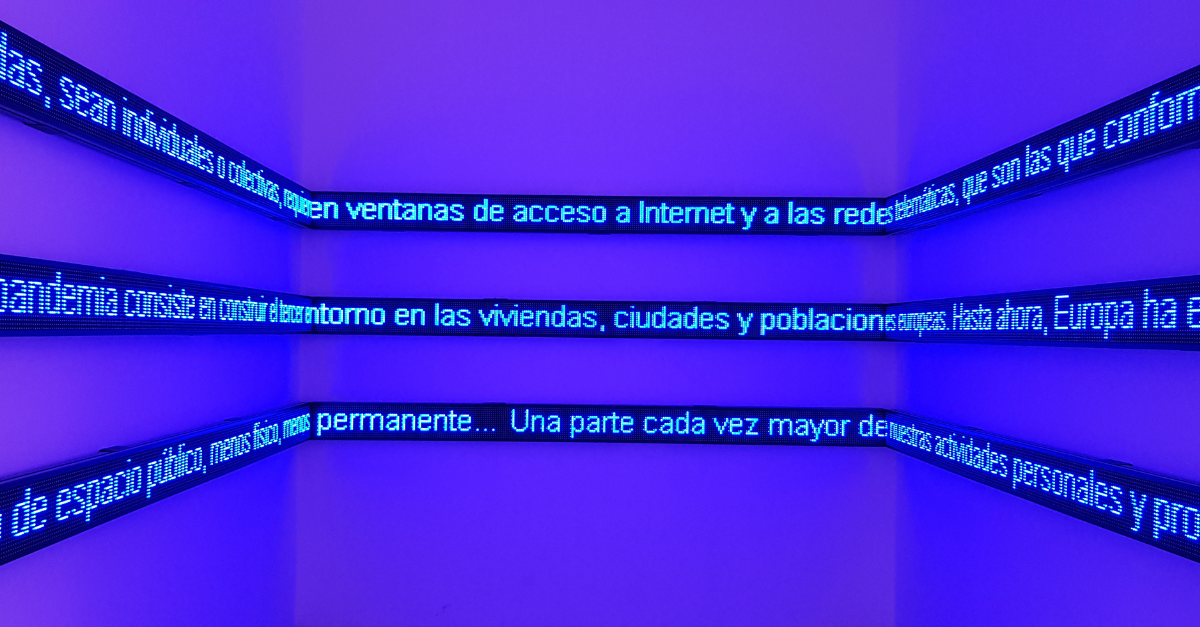Domestic dawns: a journey to the homes of the future
Madrid's ICO Museum is currently hosting a fascinating exhibition on the housing models that could gain ground in the future. Entitled "Domestic dawns: Collective Housing Issues in 21st-Century Europe", the display features a broad range of examples of buildings in various cities across Europe in which co-living and shared spaces are a clear common theme. The exhibition will run until 15 January 2023.

Whether you're an architecture fanatic or just curious about the co-living models already in place in some European cities, don't miss this exhibition. Run by the ICO Foundation and the General Directorate for the Urban Agenda and Architecture under the Ministry of Transport, Mobility and Urban Agenda, the exhibition features 28 pioneering housing formats structured into seven categories: Iconic identities, Urban contexts, Active recharging, Climate awareness, Domestic care, Live and share and New management, plus an epilogue dedicated to the changes brought on by Covid.
Each category includes four examples of buildings with photos, specifications and floor plans. Videos aired in the various spaces offer visitors insights from some of the architects and some of the people living in these buildings, with additional information about the trends pioneered by each of the buildings reported in newspaper format.
The first stop on the journey through the space is ‘Iconic identities’ that features buildings that have become landmarks in their respective cities: Timmerhuis in Rotterdam (the Netherlands), L'Arbre Blanc in Montpellier (France), Iceberg in Aarhus (Denmark) and Tower of the Ting in Örnsköldsvik (Sweden). Extraordinary buildings with residential space alongside public offices in some cases; buildings that afford a sense of belonging, respect for the environment and efficiency.
What sets the buildings in "Urban contexts" apart is the way that space is harnessed and the physical, social and cultural integration with the surrounding areas. Some great examples are the homes in Rue des Orteaux in Paris, residential buildings in Sempacherstrasse, Basel, the housing complex in Caramoniña in Santiago de Compostela and the D residential building in the ex-Junghans area in Venice.
Recycling, climate and community
Recycling and recovering obsolete structures to convert them into homes is the core theme of the buildings in the ‘Active recharging’ space. These obsolete properties are given a new use and sometimes a new aesthetic too. Fabra i Coats in Barcelona, for example, used to be a textile warehouse in the 19th and 20th centuries. The twin silos of the Frøsilo or Gemini Residence in Copenhagen, Denmark, were previously grain silos, and the Torpedohallen in the same city was once a torpedo boat plant.
Reusing materials and cutting back on energy and water use are two key features the buildings in the ‘Climate awareness’ space have in common: Life Reusing Posidonia in Formentera, the Boréal complex in Nantes, the Paul-Clairmont-Strasse complex in Zurich and the Transformation of 530 homes in Cité du Grand Parc, Bordeaux.
The ‘Domestic care’ section comprises constructions that function like cities, offering real community living for its residents. The architecture itself helps forge ties between people and build a community. These spaces ward off loneliness whilst respecting individual privacy, and offer communal services which are hugely useful for the whole community. Prime examples of this set-up are Barcelona's Torre Júlia, the housing and nursery school complex in the Swiss city of Chêne-Bougeries, the Brunnenhof residential complex in Zurich and the Bedre Billigere Boliger buildings in Koge, Denmark.
In ‘Live and share’ the concept of ownership disappears. Practically all of the space is shared. The idea is that residents move freely in the space and fully embrace the concept of community. The La Borda housing cooperative in Barcelona, Panache in Grenoble, France, the Vienna Residential Project in Austria and Terrassenhaus Berlin spearhead this segment.

The buildings in the "New management" space are all about shared spaces for living and working. This is where the concepts of coworking and coliving meet and where public and private go hand in hand. To name a few: the Kalkbreite complex in Zurich, the Tila apartment block in Helsinki, Finland, the Residential and Studio Building at the former Berlin flower market (IBeB) and Dübendorf Zwicky Süd, Switzerland.
The exhibition ends with a series of reflections, displayed on LED panels, on the changes sparked by the Covid pandemic in terms of living space and habits.
